It has definitely been a great Spring so far. The highlight so far would have to be a mating ball of 6 Diamond pythons that I have been watching now for the last two weeks.
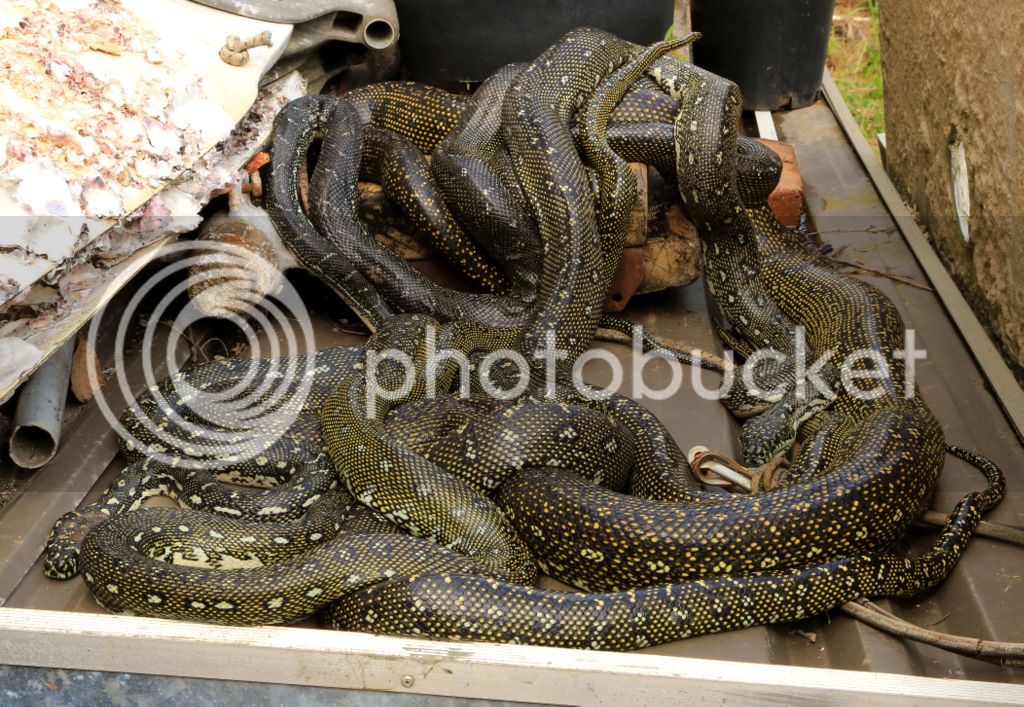
One large female and 5 much smaller males started gathering in an old shed about a month ago and are now inseparable.
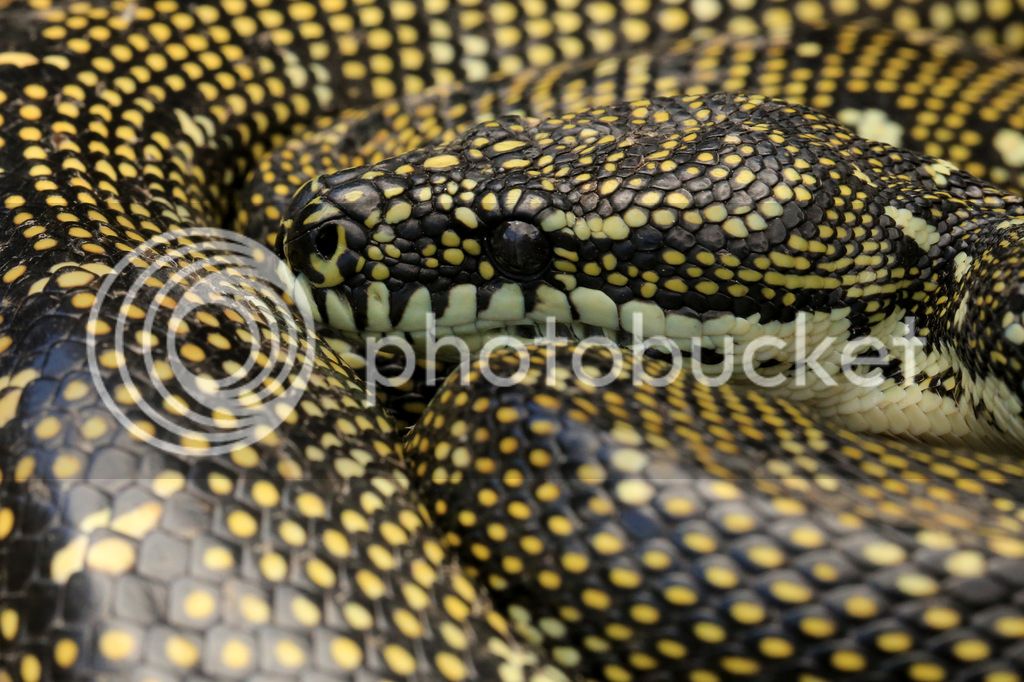
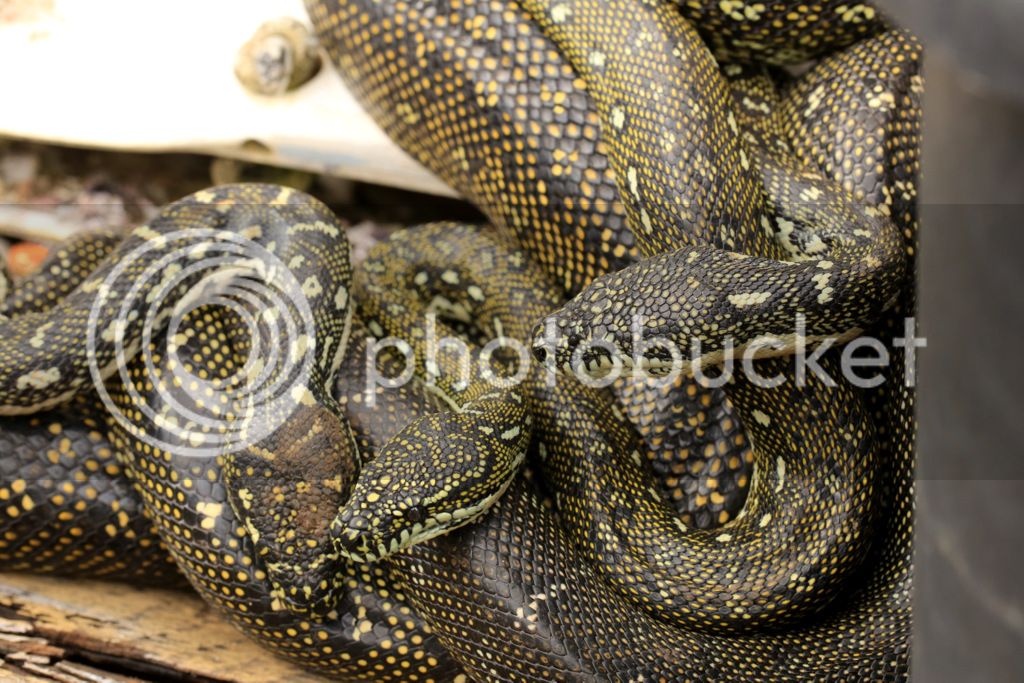
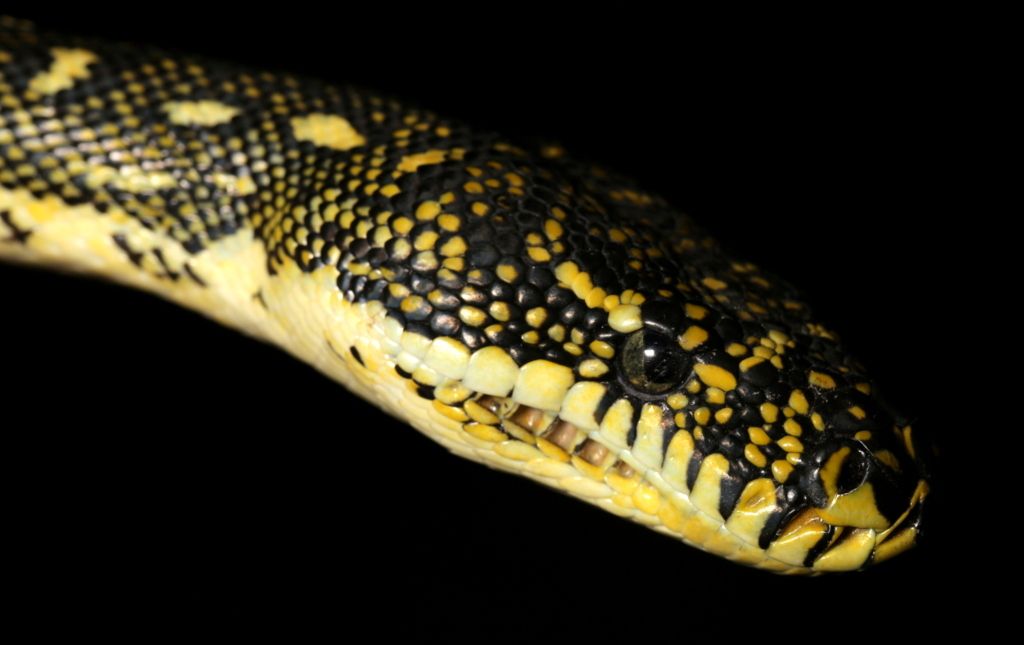
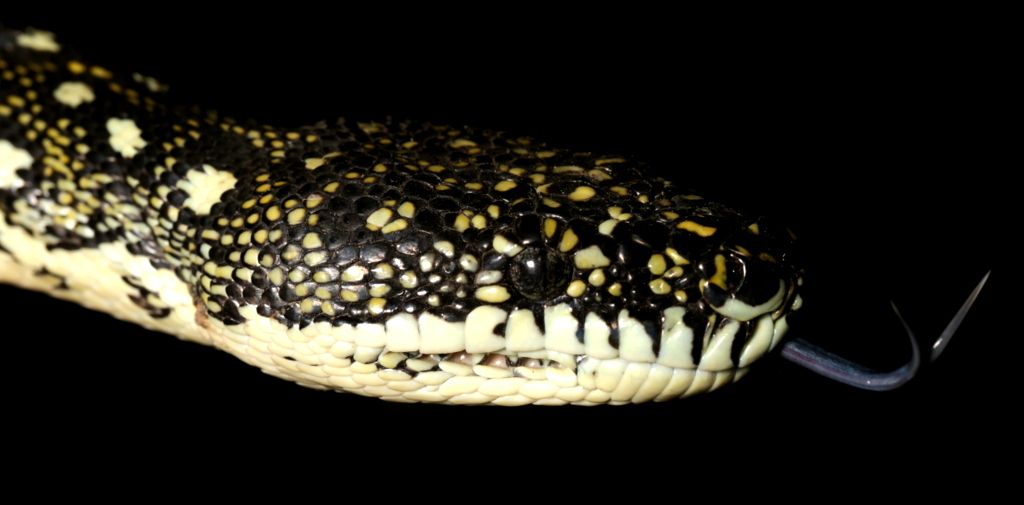
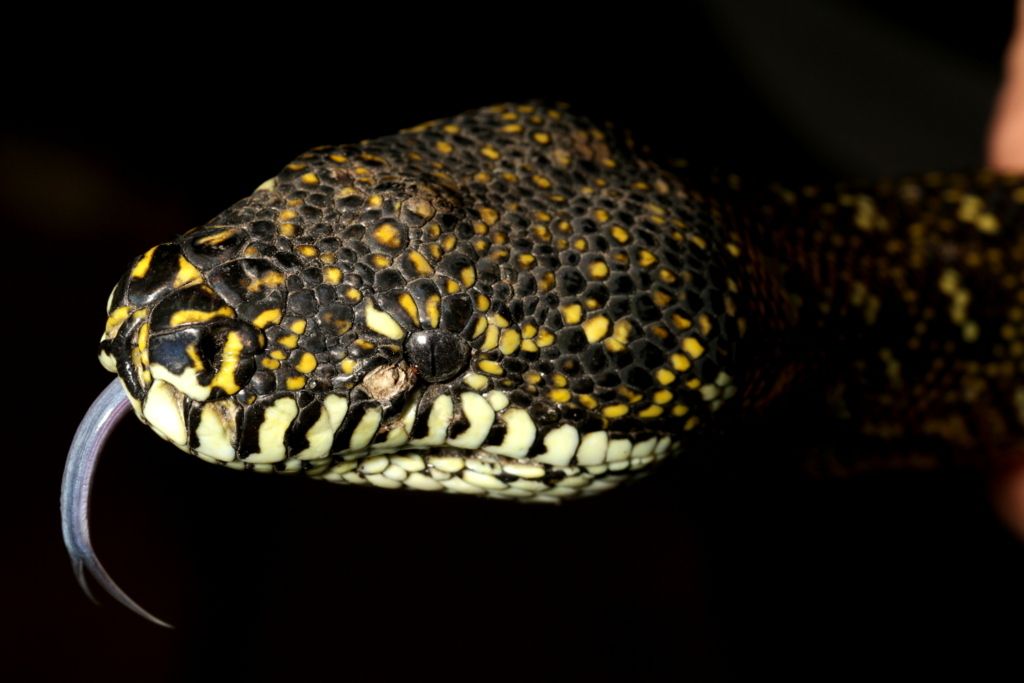
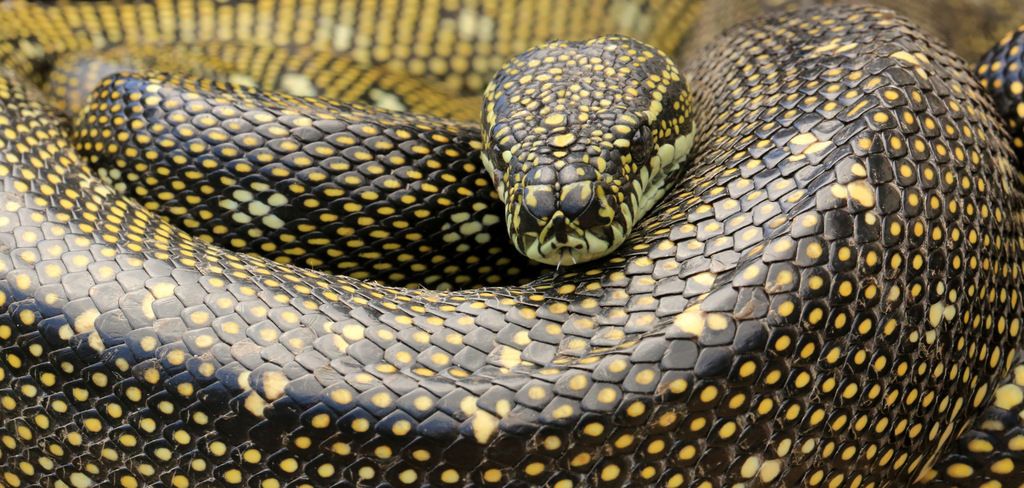
Mid morning the female will come out to bask and the 5 males will follow. As she heats up , she will move in and out of cover until she retires for the night around 4.pm.

One large female and 5 much smaller males started gathering in an old shed about a month ago and are now inseparable.






Mid morning the female will come out to bask and the 5 males will follow. As she heats up , she will move in and out of cover until she retires for the night around 4.pm.



